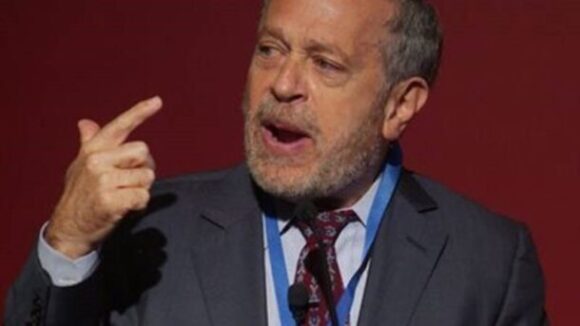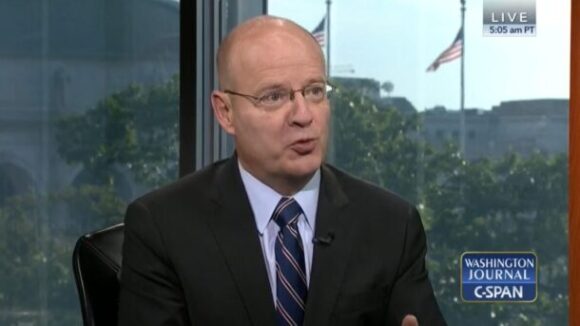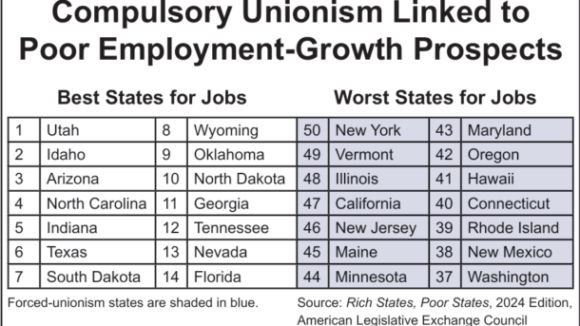Will Team Biden Weaponize Workers’ Pensions?
Big Labor abuse of worker pension and benefit funds as a means of advancing union bosses’ self-aggrandizing policy objectives is a familiar phenomenon.
Three California cities have declared bankruptcy and analysts believe more are coming. The cause is clear — the political alliance between government labor unions and politicians has squeezed city budgets and taxpayers to the brink. Breitbart looks at the controversy. While a casual observer can see the cause of this disaster, the union bosses and LA Times refuse to accept responsibility:
After San Bernardino became the second largest U.S. city to file for bankruptcy protection this week, The Los Angeles Times, published two stories shilling for public sector unions in San Bernardino and Stockton.
The Times interviewed Steve Tracy, of the San Bernardino firefighters’ union, who told the paper the city’s labor groups had already given $10 million in concessions and went on to state that “the mayor and former city manager’s pet projects, including a call center and new movie theater downtown, as reasons for the $46-million deficit.” A representative from a police or firefighter union is used to represent all public sector unions as the public views firefighters or police more favorably than government bureaucratsAccording to a Wall Street Journal analysis, which found that San Bernardino had to cut its workforce by 20 percent in the last four years because the city’s “biggest creditors–workers and retirees–have been have been unwilling to renegotiate contracts and benefits.”
“The unions’ idea of a concession is allowing newly hired public safety officers to retire with 90% of their highest salary at age 55 instead of 50,” the Journal found. In essence, the public sector unions’ refusal to compromise some of their benefits resulted in the 20 percent reduction in the workforce, but the Times does not want the readers to make that correlation.
In a subsequent article in their newspaper, published the day after, the Times found that “rising public pension costs” were one of the catalysts that pushed San Bernardino into fiscal peril, as San Bernardino’s “obligation to its employee retirement system rose from $1 million in the 2006-07 fiscal year to nearly double that in the current budget year. In three years, those costs are expected to swallow up 15% of the budget.”
Joe Nation, a Stanford economics professor, told the Times that Stockton had to deal with similar pressure. Nathan said “Stockton was spending $12 [million] or $13 million on pensions 10 years ago. By 2010, it was $30 million … and will double again over the next five years, unless something is changed.”
More troubling, the Journal forecast more ways in which public sector unions would use the courts to prevent their retirement benefits from being modified:
When the Bay Area city of Vallejo declared bankruptcy in 2008, the California Public Employees’ Retirement System threatened litigation if city leaders attempted to restructure pensions. San Bernardino bondholders may therefore have to take a larger haircut. The bankruptcy should underscore to investors that tax-exempt municipal bonds aren’t without risk.
Nearly every analyst and writer, except those working for the Times, recognizes that public sector unions — and their refusal to compromise even as their cities face fiscal calamity — are a huge reason why many California cities are in fiscal trouble.

Big Labor abuse of worker pension and benefit funds as a means of advancing union bosses’ self-aggrandizing policy objectives is a familiar phenomenon.

What impact does handing a union monopoly power to deal with your employer on matters concerning your pay, benefits, and work rules have on your pay?

Wherever Big Labor wields the power to collect forced union dues, union bosses funnel a large share of the confiscated money into efforts to elect and reelect business-bashing politicians. Employment growth tends to lag as a consequence.